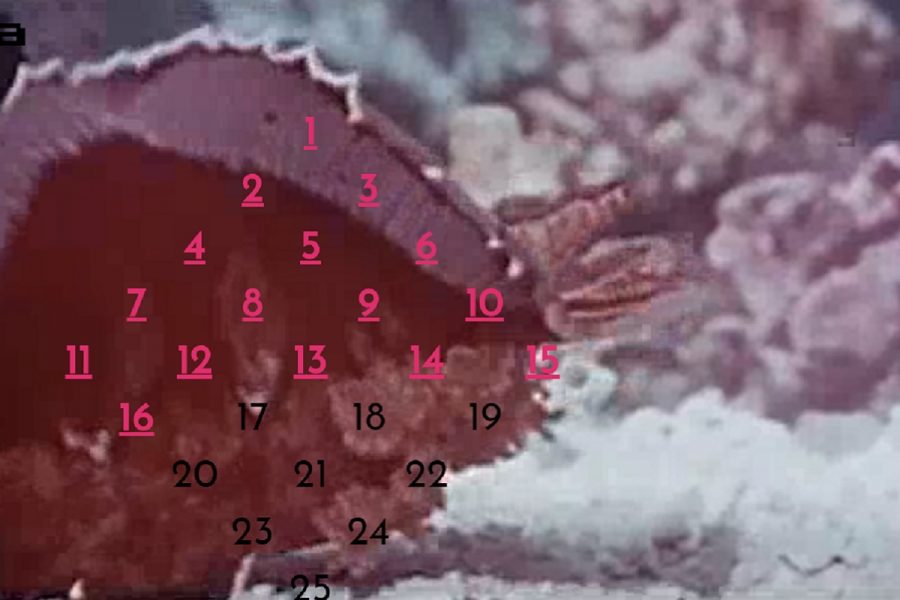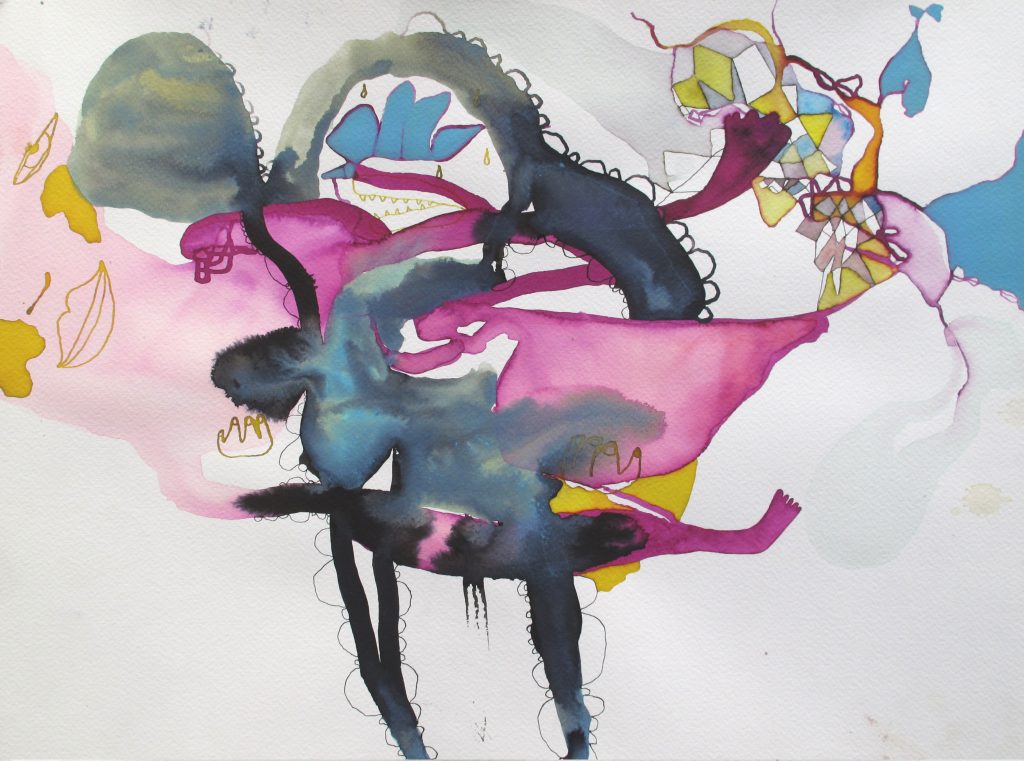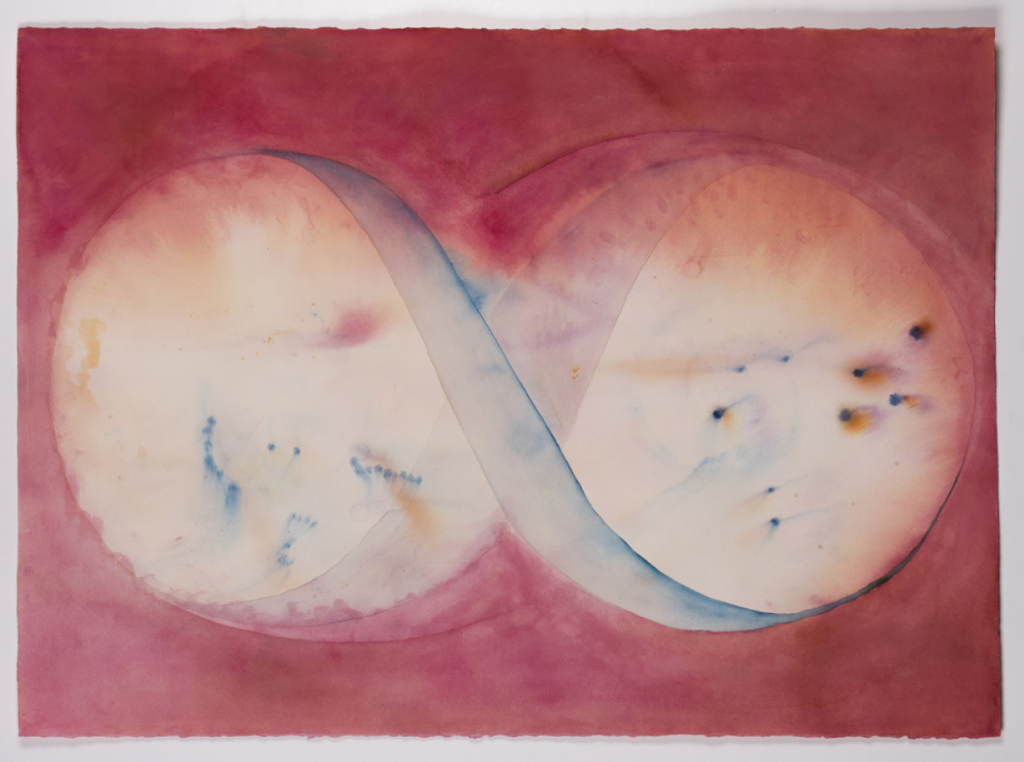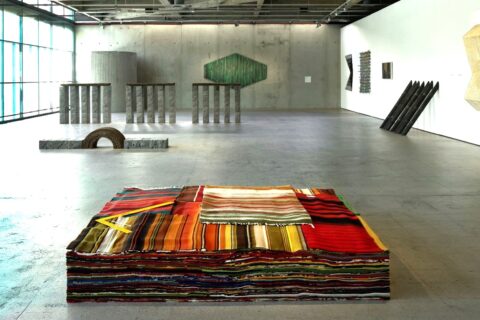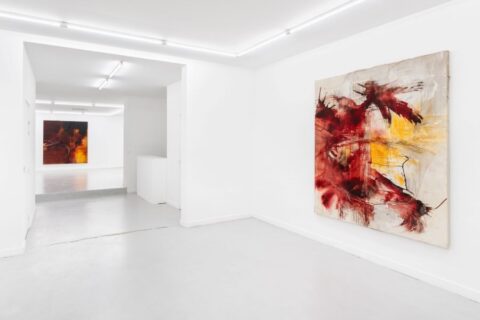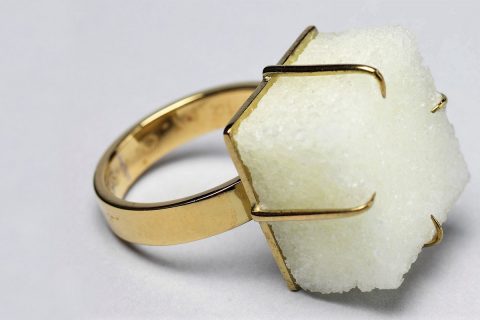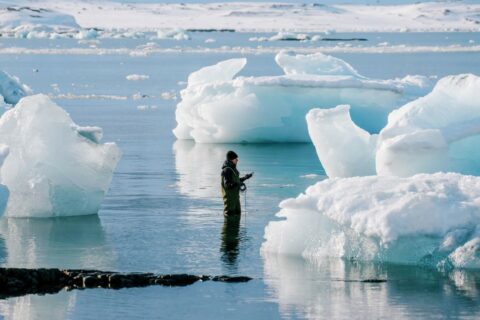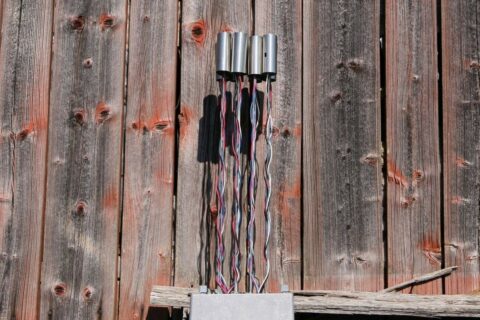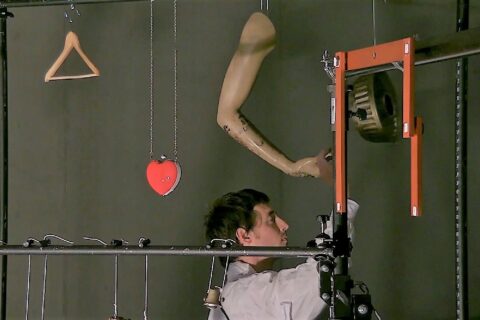Rava vavàra / varàva ràvava-vàra / rava vavàra / varàva va vàrava / varra / varràva / ravva / vavva-rarra / mamòra-vamàra / vamòra-mava vara / movèra mava vava / vomèra va-m-amava / amava ravàra / m’amava vava / ama vomè-varà / m’ama ra vava / amera va rèvara / m’amera reva / amerà va va va / m’amerà vera / amèra va revàra / m’amèra re varàra.
Rava vavàra radio broadcast gathers sound artworks of various kinds including performance, audio installation, poetry, context-specific experiments and other. The creator of the project, the visual & sound artist Eva Macali describes Rava vavàra as a laboratory where ‘Pan-European’ collaborations and projects are sprouting. Since January 2018, Rava vavàra has been broadcasting sound pieces and radio artworks through the frequencies of radio stations in Italy and Germany. Changing locations and co-producers have ensured that the broadcast ”retains the perspective of conceptual and media openness and thus avoids rigidity”. In short, Rava vavàra is a cross-discipline sound art project, in which all practices with sound are given attention to.
Originally Rava vavàra refers to the title of a poem written by Eva Macali in 2016. Others have made use of it but the contributions to the project are not tied to using the poem.
”The idea about the broadcast came to me in 2017 after having seen that many visual artists also had projects related to sound, but with little context for showing this kind of experiments, at least looking from the Italian perspective. Then also contemporary classical composers and artists belonging to other disciplinary gardens have been involved, in particular if their practice was experimental enough.”
The radio broadcast was chosen as the media because it is especially sensitive to all soundworks made with language and/or the voice. According to Eva, the gender aspect is also involved: “Sound art is typically a male-dominated sport but women tend to express themselves with voice and they do that a lot, even if in an underground environment.”
Listing the recurrent themes in the broadcast Eva picks up the organic and artificial intelligence; numbers; places that produce sounds; radio art and transmission art (more developed in Germany and Nordic Countries than in Italy and Southern Europe); and critique, whether art critique and political critique.

Aren’t audiophiles interested in sound? Certainly! In all its manifestations?
I’m personally favorably disposed toward musical sounds, ie. sounds that have a musical meaning, whatever that is, sounds that are organized in a systematic way to produce music or with the intention of producing music or somehow approved by the relevant community to be music, and yet I was amazed, as often happens with the sound art performances, by the immediate effect the direct exposure to the sound-world of the Rava varava, in all its forms (poetry, episodes etc.), had on me. I would not be ready to give up drawing the line between sound art and music, but there clearly seems to be a way to directly enjoy the kind of sound or sounds unwrapped from all musical contents and connotations, and listened purely for the sound’s sake.
Sound art is still a relatively new (30 – 40 years) endeavour in the history of art. In the absence of the normative foundation, anything goes (I guess there is no such thing as bad sound art?), so there are sure to be overkills and limbos, but as I see it, as an art form sound art is rapidly evolving and consolidating its basis, the number of highly interesting and art theoretically valuable projects increasing at a growing speed. Rava vavara is a prime example. Part of its fascination is that it’s hard to pinpoint what it is, that is, it is able to address the most urgent essentialist question regarding art: What is art? Conceptual elements are definitively included, at least on the meta-level. But immediate impressions are equally important. It’s dada and non-dada at the same time.
So why should audiophiles be open to sound art in the first place? I’m sure one reason is that music, contemporary art music especially, and sound art are converging, and since sound artists are typically less willing to distinguish between music and their art, the two are converging because composers increasingly include elements (eg. noises) in their works, sounds that could be conceived as emanating from sound art or at least are similar to what is often used in sound art. Inclusion of non-musical sounds in the compositions has long traditions in the Western art music (I’m not referring here the so called “noise music” which is a branch of its own) but never before have the two, music and sound art, been so closely interacting. That’s why. Audiophiles should also be aware of the fact that the technical means, digital and analogue, that composers utilize nowadays in producing sounds resembles the technical arsenal sound artists are constantly making use in their works. In many cases the technical tools are identical. Third and finally, and as Eva suggests, there’s ‘beauty’ in the works of sound art that doesn’t reduce down to ‘beauty’ of any other art work, music included. Check yourself, warmly recommended:
Sound art – the first answer
Whenever I have a chance to meet a sound-artist, I use the opportunity to ask their view on the nature of sound art, particularly the ontological question: What makes a piece of art sound art?
From India Eva wrote:
”For me, the main aspect of sound art is sound in its various facets. Sound orchestrated in a composition, sound without any order, sound applied to verbal meaning and sound without any verbal meaning. Sound produced according to a casual method and controlled sound expression. In the south of India they seem to have an even different approach: in temples, when a person makes a request to the god, they make an explosion and there are fires all the time, birds are of many possible varieties and when they chant all together it is like being in a jazz concert! Part of the Rava vavara broadcast project is about poetry, so my approach is not specifically scientific.”
Sound art – the second answer
While clarifying the sub-categories of sound art included in the radio broadcast project, Eva elaborates her definition of sound art:
”I have no “static” definition of sound art because what sound art can be, seems to me, be related to the process of doing it, and how artists are managing sound in time and space. Rava vavàra was conceived in late 2017 and started broadcasting in January 2018. As a visual artist, I realized that a number of contemporary artists were developing projects and artworks using sound, but that these works were kind of ‘side projects’, in other words, mainly made for the pleasure of doing them. Contemporary art is a wide and large container, where artists belonging to different backgrounds all face the common issues related to creation.”
”As said, the broadcast started as a laboratory, with the help of other artists who were also participating in the curation. With passing of time more and more artists were willing to participate. The variety of their background was somehow surprising, as was the variety of the sound pieces proposed for broadcasting. Visual and plastic artists are working mainly on conceptual pieces. Others, like Nathaniel Mellors, have side rock bands that do kind of pop music. Some contemporary artists have an academic musical education background but then switched to visual arts: their pieces are more complex and sophisticated. But very simple sound artworks too can be brillant and remarkable even if they have some naiveté in them. Performances with the use of invented instruments or performative devices have also produced remarkable pieces, that have been broadcasted as recordings. There is a wide range of experimental contemporary music composers who produce very interesting sound pieces with a deep research behind.”
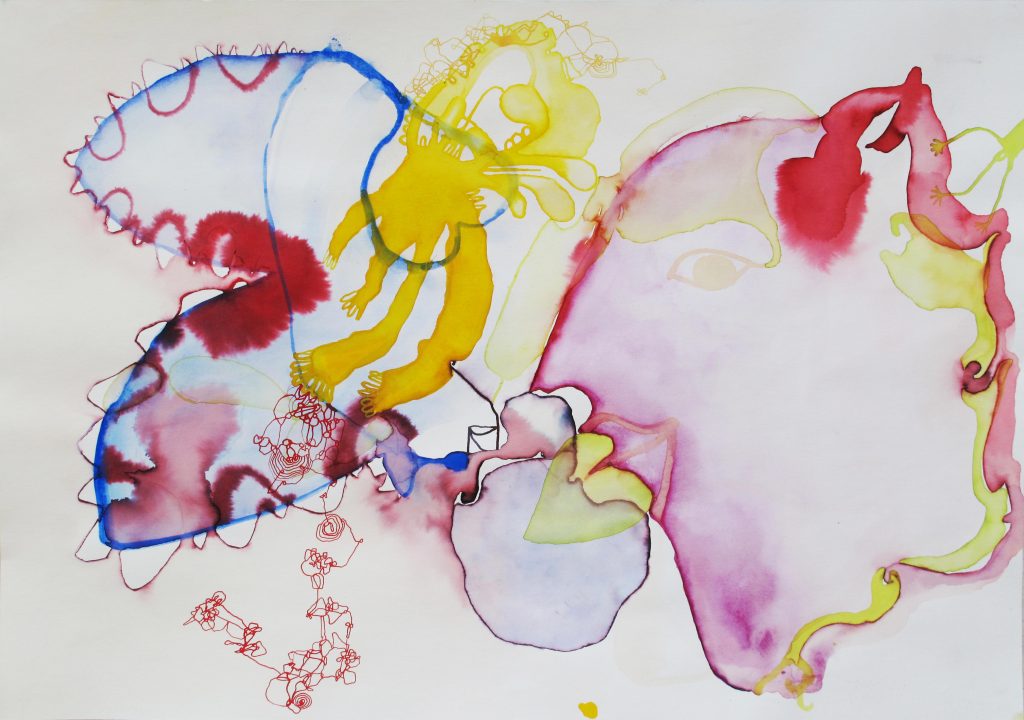
Trends in sound art
Having seen and heard so many different sound art projects and the ways, in which artists express themselves with means that involve sound, Eva has identified certain “trends” in the current state of sound art. The first is that ‘sound installations’ are becoming more and more important as a format and as a production tool. In her mind, this has also a social dimension because of the complexity: artists tend to create groups in order to combine different skills. Usually the groups include a visual installation artist, a sound artist or sound designer, someone with engineering skills; different projects may require a different combination of expertise determined by the theme of the project. Group formation, the ensemble, is a huge theme also in music. These ephemeral groups, often based on belonging to certain art communities, could be a research topic in itself.
The second trend, according to Eva, is ”choir”, especially the experimental choir: more voices that manage to go together in an ensemble endowed with meaning.
The third trend deals with surfaces and interfaces, more and more of which are being developed currently. Eva’s favorite example is the great interest in the body and in how it somehow “talks”. Sensors, devices that transform signals from the body tend to address the unconscious awareness of the limitations of the body. It is demonstrated that the audio wave spectrum that we, as humans, are capable of hearing is limited in comparison with what other animals are capable of hearing. To overcome this limitation more and more artists are finding a way to “give voice” to the body itself, transforming signals of body activity into sound, as if they were playing a “symphony of life”, Eva concludes.
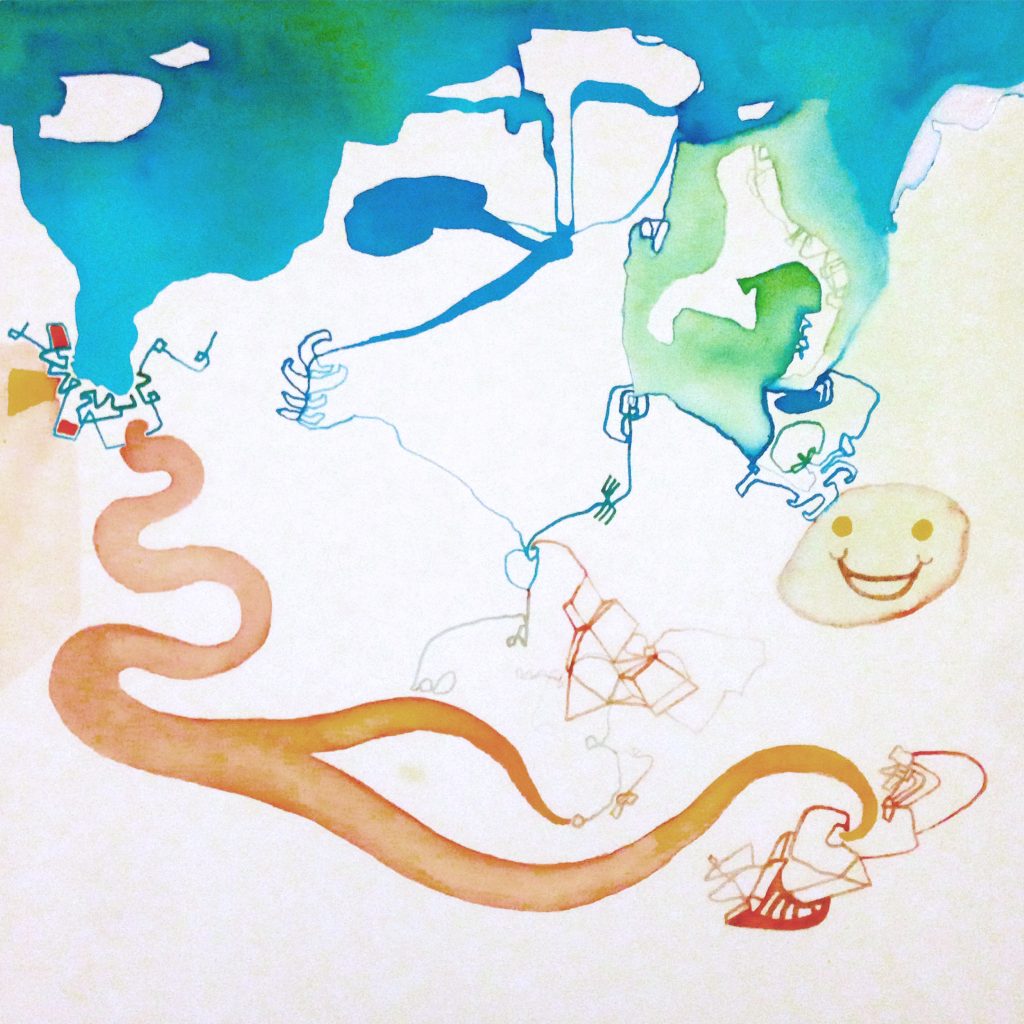
Sound art – the third answer
”Whatever expression of human insight and genius that has a relevant output through the experience of producing a sound or listening to a sound. More edgy works, that first seem cacophonic, have a strong impact; sound is a means of expression that overcomes the distinction between human and animal, vegetation, so to speak. The work on sound has big philosophical implications, as it involves so many aspects of our experience of reality. In addition to this, there is the poetry part: language is endowed with meaning and the experience of sound gets another remarkable dimension when the musical – or non-musical – experience is enriched by meaning.”
Music of the future
In the Rava vavàra website Eva puts forward the question What music we are possibly listening in the future? Will it be music at all? I’m curious to know what her own stand on this is?
”We may not be listening to what is now commonly considered ‘music’. It could also be the case that in the future we will have a less passive attitude toward sound, and instead more actively interact with the sound, producing it through devices, for example. My musical education has provided me with the awareness of the fact that the history of music is, to a great extent, history of musical instruments, of the rise and fall of popularity of musical instruments, as it has been for example with piano and, more recently, with the guitar. Even if the ‘music’ of the future is not exactly sound art, I think that the answer to the question Is rock’n’roll dead? is more related to popularity of guitars than to the so called spirit of rock’n’roll. What’s interesting in making research on the way artists relate to sound is that there’s plenty of freedom to develop all sort of devices in contemporary art. This development and conceivings kind of provide a multitude of answers to the same question.”
Mixed media paintings
Painting is still one of Eva’s most constant art practice. She says she always paints and draws. The fragile and delicate paintings of this article, which Eva prefers to call ”mixed media paintings”, reflect her relationship with nature and trees, and ideas of how plants communicate. In recent years Eva’s been using very liquid colours because their particular familiarity with water: watercolour, inks, gouache, but also ‘improper’ liquids like acids or solvents and of course some acrylic, in a waterly way, when needed. She likes to see them also as sedimentations, shapes that remain there after water has dried up.
”I developed a technique in which I completely submerge the paper in a large quantity of watery colour, and then interact with the water and it’s peculiar behaviour to see what comes out of that.”
The paintings are small-medium size i.e. 55 x 75 cm, on acid free paper of different thickness, usually Arches or Fabriano, that behaves like fabric and can get completely wet multiple times. She also does bigger works but feels that doing artworks of huge dimensions is not without problems: houses are not always so big, or people do not want to ‘share their flats’ with huge artworks.”
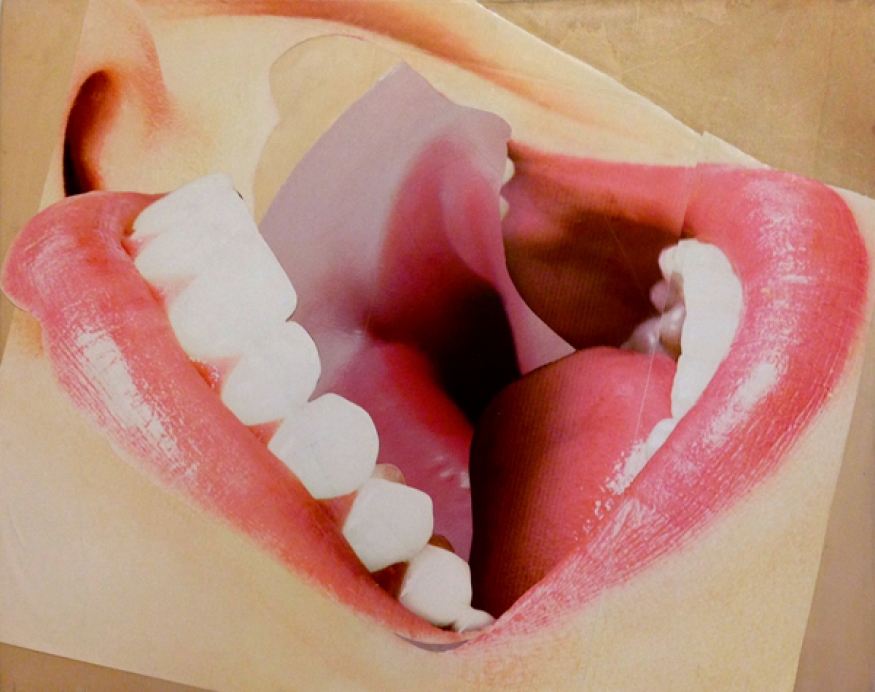
Collages
Eva’s also done some large scale collages in the past with materials coming from the billboard advertising industry. Examples of Eva’s collages, two of which have been exhibited at Tate in 2014, can be found here:
http://www.evamacali.info/index.php/speculi/
Related to her collages, there are also some interesting ones she’s never had the chance to exhibit: big printing ‘mistakes’ from advertising printing factories such as this one:
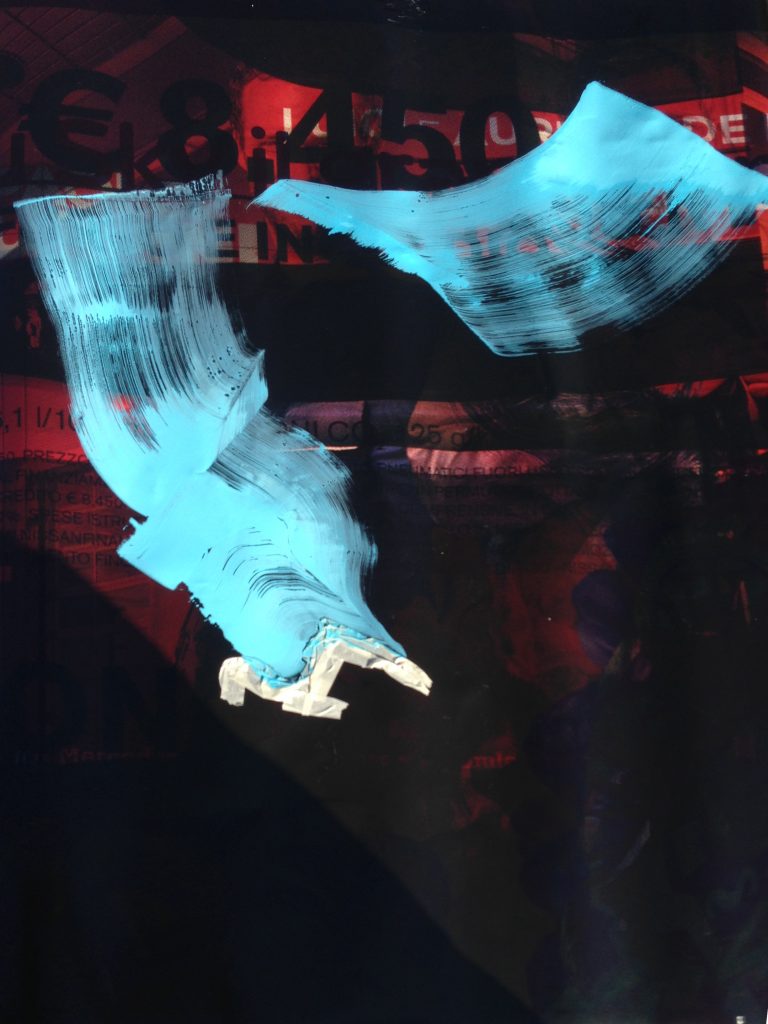
”Those were given to me by rather skeptical workers and some are really fancy, I wouldn’t know how to produce such compositions myself. I don’t know if this may be considered “AI” art but I’m more and more convinced it could, both from a conceptual and aesthetic point of view. I’ve got few pictures and I also tried to do interventions on them.”
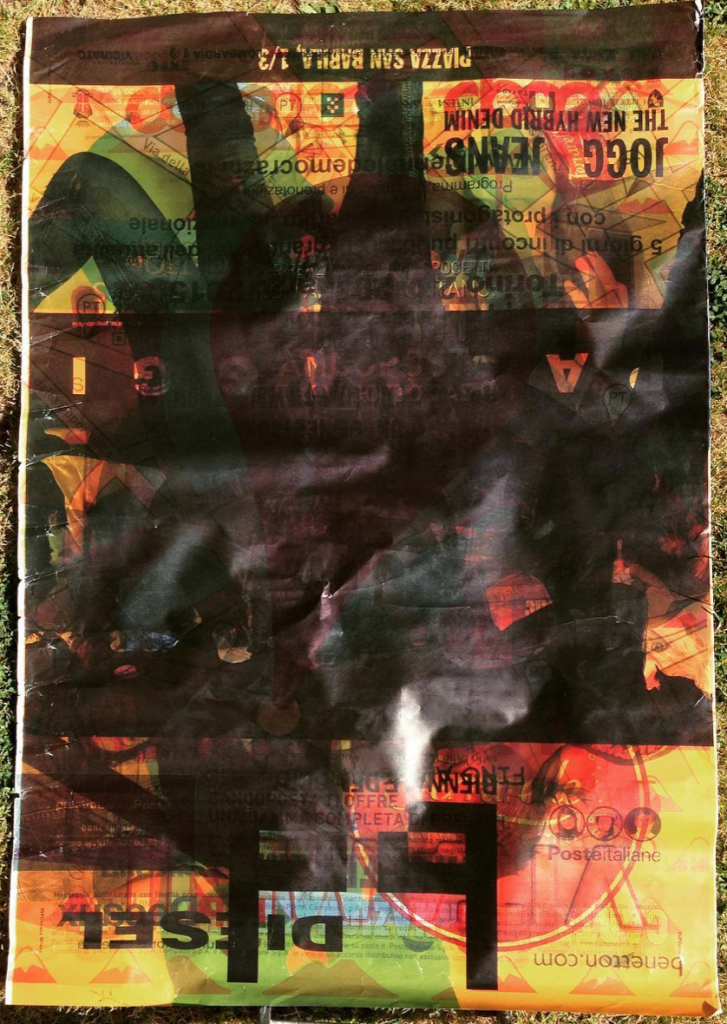
Eva Macali was born in Siena in 1974 and grew up in Genoa, Italy. She developed hybrid, interdisciplinary artistic projects emerging from a context driven by rapidly changing local and global interpretation frameworks, impossible to categorize in a systematic manner. Conscience and intuition are at centre of her practice, not only as parts of the process but also as research objects. She writes experimental texts and absurd poetry that produces an echo in other media such as video and sound. In fact, the device at the bases of her poetry is reflected in her artwork process. Materials are very important as it is the combination of different materials.


